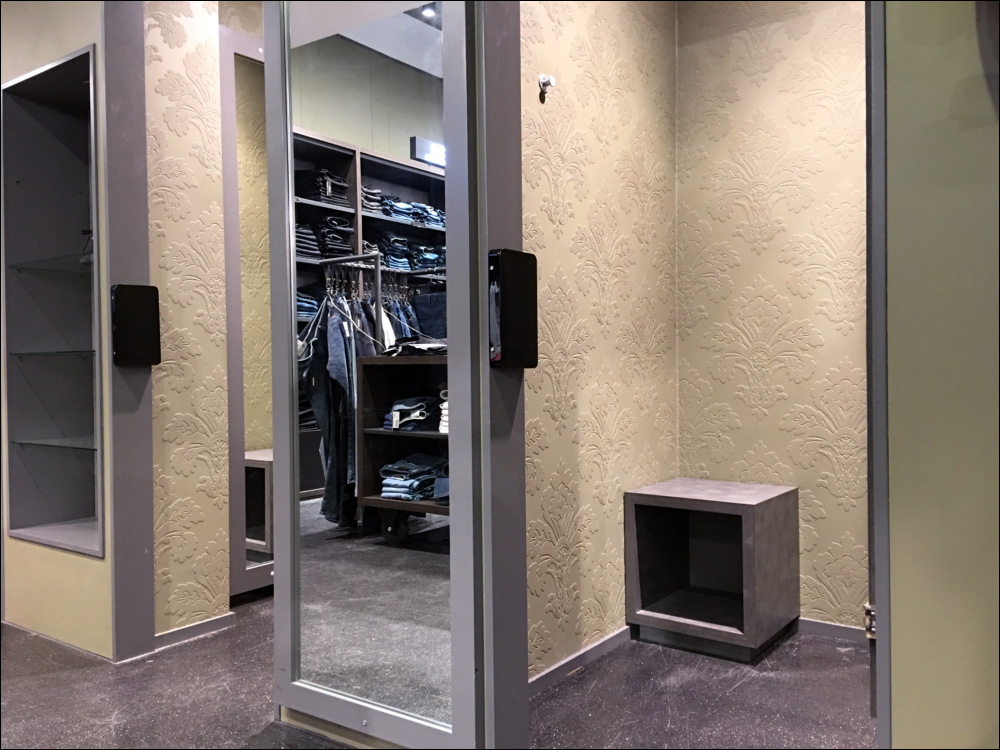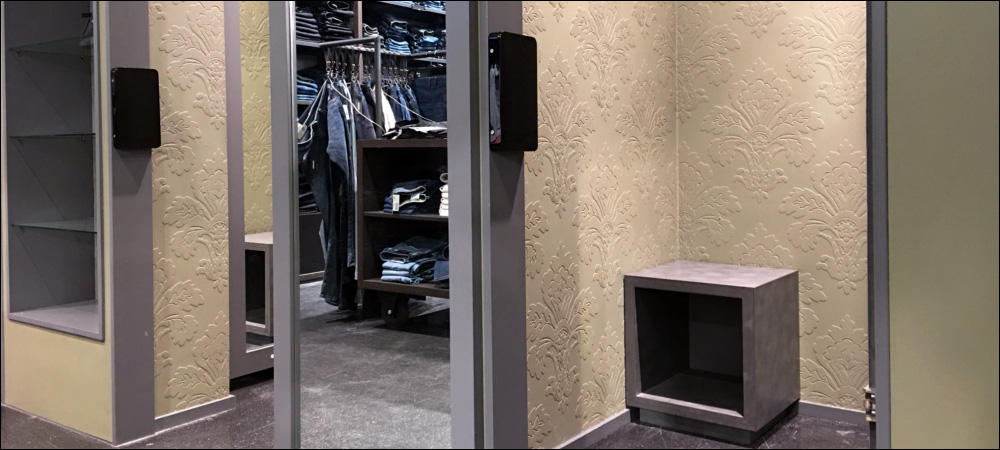Retail loss-prevention company Checkpoint Systems has acquired Denmark-based technology firm Alert Systems, with an eye toward combatting organized retail crime (ORC). The acquisition, which took place on Apr. 4, 2023, is intended to help Checkpoint’s retailer customers deploy radio frequency identification (RFID) technology as an electronic article surveillance (EAS) system, by preventing criminals from bringing tools onsite that block RF transmissions when they try to remove tagged and unpurchased goods from a store.
Alert Systems provides Internet of Things (IoT)-based solutions for retail customers using metal or magnet detection. Its solutions identify objects such as booster bags—containers lined with foil—and detachers used to remove hard tags from merchandise. The company, founded in 1999, has been serving such customers as Vans, The North Face, Decathlon and Carrefour.

Having purchased Alert Systems and its solution for detecting RFID-blocking foil shields, Checkpoint Systems intends to integrate the technology into its EAS offerings.
Retailers have been deploying RFID technology as an alternative to traditional EAS hard tags for several reasons. Increasingly, RFID tags are already being attached to products for inventory-management purposes, and retailers are now using those same tags for multiple other uses, including preventing shrinkage. RFID transmits a unique identifier, linked to a product’s stock-keeping unit, so if a tag were detected at an exit, the EAS system could trigger an alert that unpurchased merchandise was being removed, and it could also indicate what was being taken.
That unique identification is something traditional EAS systems cannot provide, Checkpoint indicates. One shortcoming for RFID, however, has been its vulnerability to being blocked by thieves who use RF shields or bags so that tags cannot be detected by an antenna at a doorway. RFID tags need only one or two layers of foil to be covered, Checkpoint reports, as opposed to some of the traditional EAS hard tags, which require more foil to prevent transmission. Thieves, therefore, find it easier to conduct fraud when a retailer is using RFID tags.
Thwarting Retail Theft
One approach to preventing this involves detecting the tools thieves use, says Troels Falkenberg, Alert Systems’ former CEO and now Checkpoint Systems’ market-development director for metal and magnet detection solutions. Checkpoint has been a customer of Alert Systems since 1999, and it provides this metal and magnet detection feature to its existing RFID-using customers. For more than a decade, Checkpoint has integrated Alert Systems’ booster bag detection technology either within or next to the RF EAS pedestals.

Troels Falkenberg
In recent years, the two companies have worked together to innovate technology that protects retail customers against organized retail crime. “We have seen a steady rise in professional thieves using booster bags and magnetic tag-detacher tools,” Falkenberg explains. Nimesh Shah, Checkpoint’s global product manager for RF and EAS hardware, adds, “Our technologies provide the perfect combination to combat ORC, enabling retailers to quickly identify thieves that enter stores with concealed booster bags.”
The crime often takes place in the privacy of a fitting room. Thieves bring the products they wish to steal behind a curtain or closed door, then detach the hard tag or apply RF shielding technology to the RFID tag. “The fitting rooms are a hugely important area of a store, enabling customers to try before they buy,” Falkenberg states. “However, they provide an opportunity for dishonest shoppers to remove security tags in private.”
How the Technology Works
The system identifies not only shields, but also illegal magnets used to remove EAS hard tags from merchandise. The metal detection system is installed with, or as part of, the RFID reading system or standard EAS pedestal. The sensors, located on each side of a door or portal, measure metal signals whenever significant metal objects, such as booster bags, block the signal between sensors. When this happens, Alert Systems’ Pager App, available for both iOS- and Android-based devices, sends a notification to store security personnel.

Nimesh Shah
Thus, by informing the staff about how many tags have entered and departed a given fitting room, the technology alerts them to suspicious activity. The solution can also display a picture, provided that a retailer deploys the system with integrated cameras, to help employees identify which customer has triggered the alert. Checkpoint’s Store Operations software enables the retailer to remotely maintain the EAS system, and to view details regarding each alert.
The Alert Systems technology is designed to filter out common metallic objects carried by customers, including RF-shielding wallets. The system can detect foil the size of a bag, rather than smaller objects, thereby reducing the incidence of false alarms. In addition, the system can be configured to quickly identify non-targeted metal objects, such as trolleys with a distinct mass.
Expanding Alert Technology Offering
The acquisition will benefit both companies, Shah says, by enabling faster deployment of booster bag and magnet detection with RFID and other EAS deployments. Going forward, Checkpoint will continue to support and supply products that Alert Systems has been offering, the company reports. The CEO and CTO of Alert Systems are now employees of Checkpoint, Shah reports, adding, “Together, we will help retailers tackle the use of booster bags and illegal magnets even more vigorously.”
The early focus is on integrating Alert Systems’ solutions into Checkpoint’s existing products, as well as those still in development. In the long term, the company’s goal is to enable retailers to tackle all forms of retail theft, and to use the acquisition to continue offering solutions even as thieves create their own tools. Checkpoint already has customers using the Alert Systems technology, operating in markets that include apparel, sporting goods, electronics retail and hypermarkets.
According to Checkpoint, the metal or magnet detecting capabilities have enabled retailers to identify potential thieves entering particular areas, such as fitting rooms. In addition, the company has developed solutions integrating Alert Systems’ products into its own RF and RFID EAS pedestal devices. The firm says it expects the acquisition to integrate the tools into its entire antenna portfolio, as well as its software suites.
Key Takeaways:
- Following its acquisition of Alert Systems, Checkpoint Systems is integrating metal and magnetic detection technology into its EAS solutions, in order to prevent criminals from blocking RFID signals or removing EAS hard tags before leaving a store.
- Stores using the technology report that they have been able to identify thieves entering with tools intended to beat the EAS systems.


